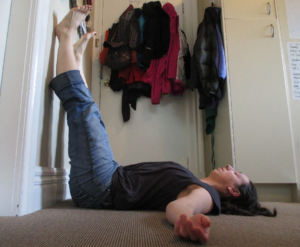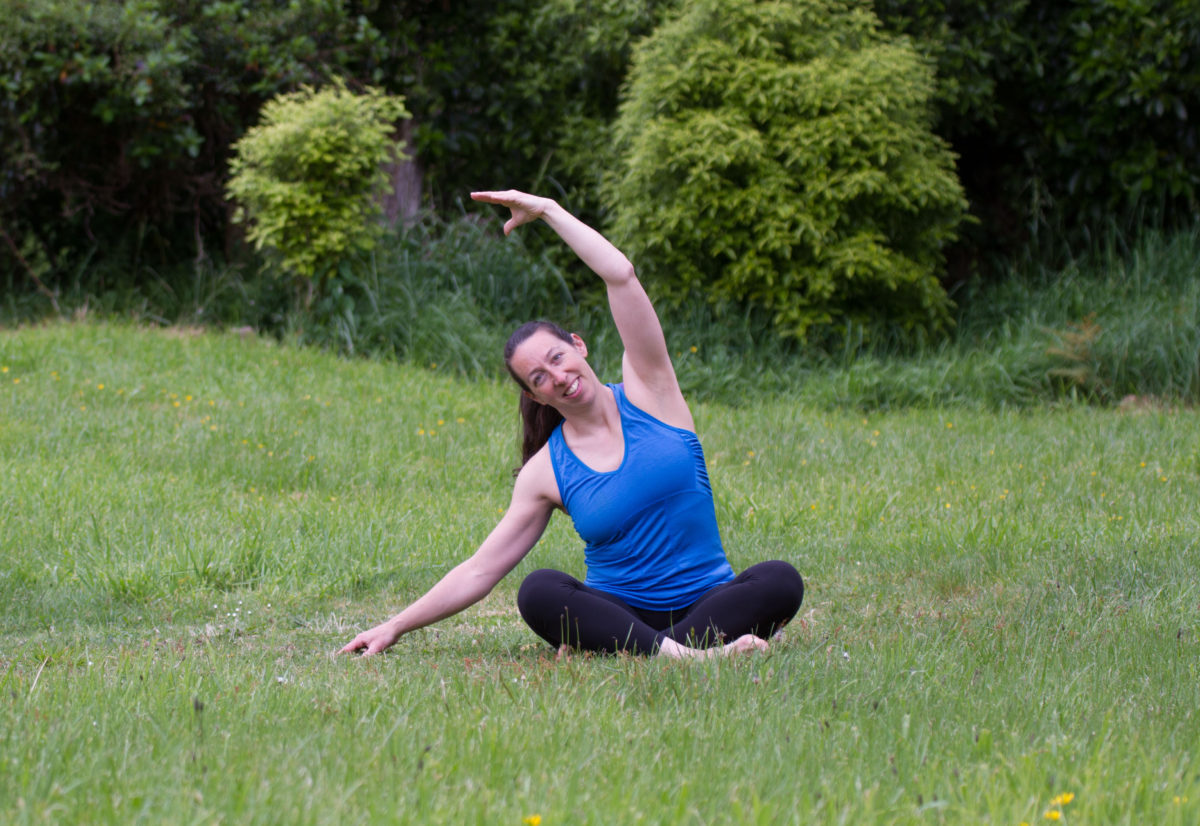Change is hard. Especially when the goal is big or even worse, not reasonable. Doing a 1 hour yoga class at home can be a big challenge. You also don’t necessarily need a perfectly planned 1 hour yoga session. You can get great benefit from 5 or 10 minutes a day.

Borrowing from my public health background on behaviour change, here’s a different way to approach getting some yoga done at home!
Start by identifying small achievable goals or steps towards your goal. Achievable means you are confident you can do this now with no extra help, no extra will power, no ‘if only’.
Start with one small step at least once a week for 2 to 3 weeks and reflect on how it went. Were you successful – hooray! Keep up the good work.
If you weren’t successful, can you identify an even smaller step? Or is there some barrier that stopped you, can you change it? Or maybe a different step or goal makes more sense?
Then keep repeating this approach.
- Identify small steps that are achievable.
- Do one small step at least once a week for 2 to 3 weeks.
- Reflect on how it went.
- Either do the next step, or start over.
For example, a small achievable goal might be finding time a few times per week to lay on the floor and twist your spine. A second step might be taking a minute after you twist to decide if your body needs another movement and trying that.
An important part of trying this is setting a goal you believe you can do. The psychologist Albert Bandura first described the importance of believing in your ability to achieve something in the 1970s – he called it self-efficacy.
Self efficacy is the belief you can do something or achieve a goal you set. His research has shown that the more successful you are at the behaviour, the more likely you are to continue to do the behaviour and consequently make other changes. In essence small successes help build to big successes.


